The most convenient snacking citrus tastes a whole lot better when you get them in-season and when they've had more time to ripen on the tree.
Jump to:
When are mandarins in season?
Mandarins are in season during the cooler months, from roughly November through April. Fresh Satsuma can show up in October if they are grown near you, but they aren't often shipped long distances due to their fragility.
Like other citrus, mandarins don't get sweeter after they are picked. If you live in an area that grows them, it's worth seeking out at a farmers market. For the rest of us, we have to hope we buy a good batch at the store.
| Jan | Feb | Mar | Apr | May | Jun | Jul | Aug | Sep | Oct | Nov | Dec | |
|---|---|---|---|---|---|---|---|---|---|---|---|---|
| Clementines (Halos) | x | x | x | |||||||||
| W. Murcott (Halos) | x | x | x | |||||||||
| Tangelos | x | x | x | x | ||||||||
| Satsuma | x | x | x | |||||||||
| Kishu | x | x |
See what else is in season at the same time: January, February, March, April, November, and December.
Varieties
Clementines, tangerines, satsumas, tangelos, and halos are all different types of Mandarins. While 'tangerine' originally referred to a specific variety, it is now used interchangeable with the term 'mandarin.'
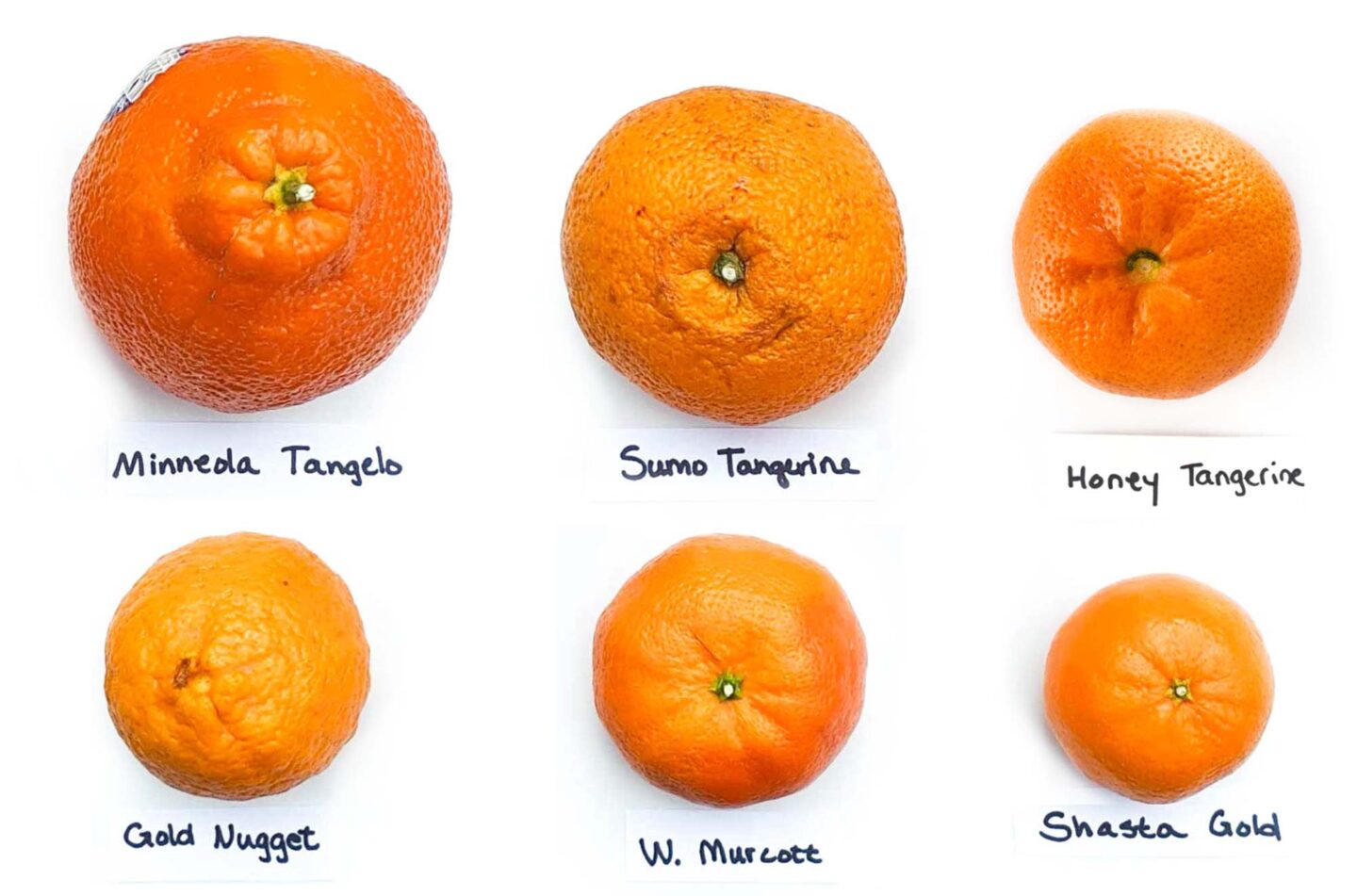
The difference between mandarins, tangerines, clementines, and satsumas
Mandarins are a type of orange that have slightly flat ends, thinner skin, and often sweeter flavor. Tangerines, clementines, and satsumas are all types of mandarins with their own characteristics.
- Tangerines are technically a type of mandarin, but the two terms are used interchangeably these days.
- Clementines are smaller than tangerines, and seedless. They are often sold under the Halo or Sweetie brands.
- Satsumas are even smaller, also seedless, even easier to peel, and more fragile (they bruise easily).
- Tangelos are a cross between a tangerine and pomelo (or grapefruit), giving them a sweet and slightly tart flavor.
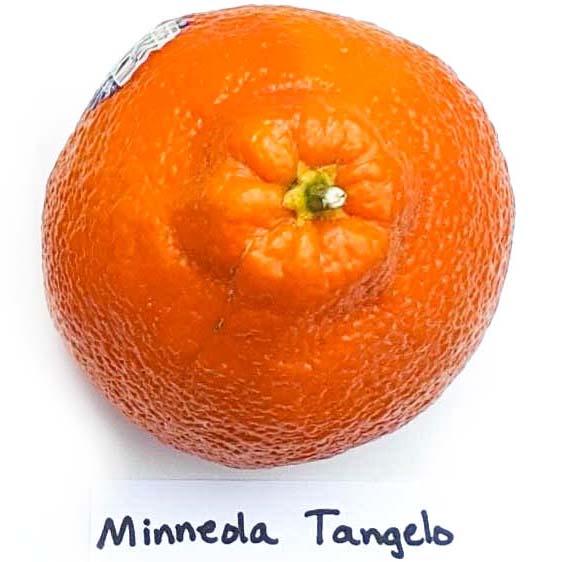
Minneola tangelo
The Minneola is a cross between the darcy tangerine and duncan grapefuit.
- Also called "Honeybell"
- Sweet and slightly tart
- Larger than other mandarins, about the size of a small orange
- Peels easily and is very juicy
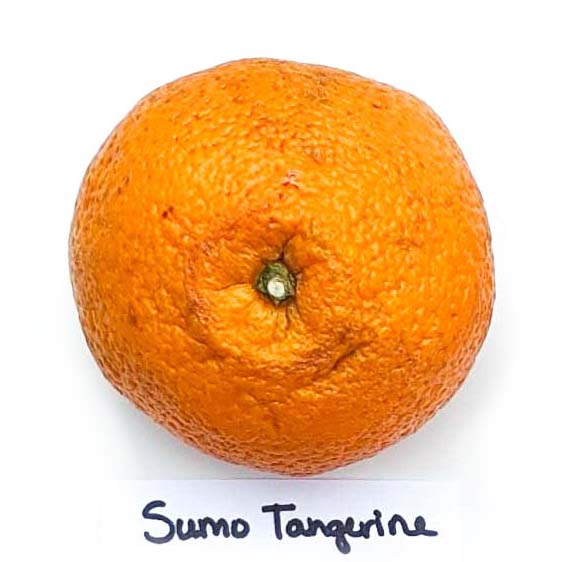
Sumo
"Sumo Citrus" is the brand name of a delicate, tasty hybrid mandarin. They are quite expensive, at 2x (or more) the price of other mandarins.
- Larger (almost the size of an orange)
- Sweet, mildly tart, and low in acidity
- Peels easily and is juicy
More reading: "Do Sumo Citrus mandarins deserve the hype?"
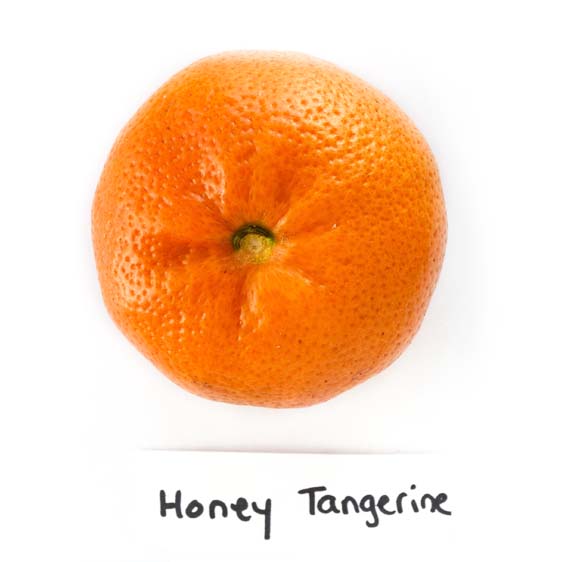
Honey / Murcott
The Murcott mandarin is often marketed as "Honey" or "Honey Tangerine" (which is different than W. Murcott).
- Medium size for a mandarin
- Very sweet
- Not as easy to peel and has seeds
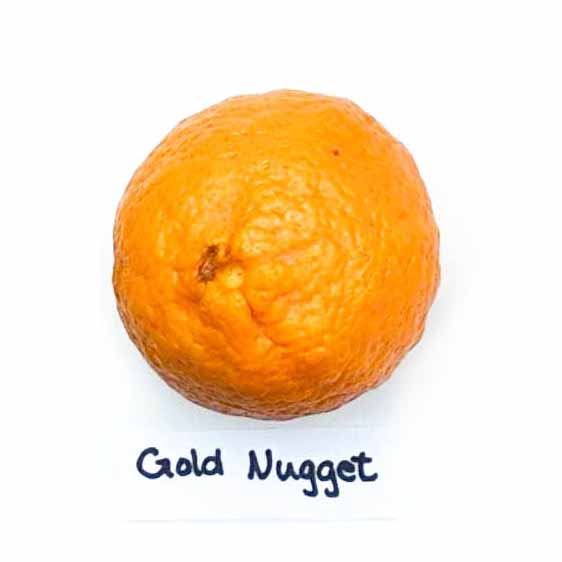
Gold Nugget
Gold nugget mandarins usually have a pretty bumpy skin, making them a bit ugly. But they are delicious and are "considered by professional taste panels to be one of the very best flavored citrus in the world." - UC Riverside
- Medium in size and bumpy rind
- Very sweet, no seeds
- Peels fairly easily
- Late season variety
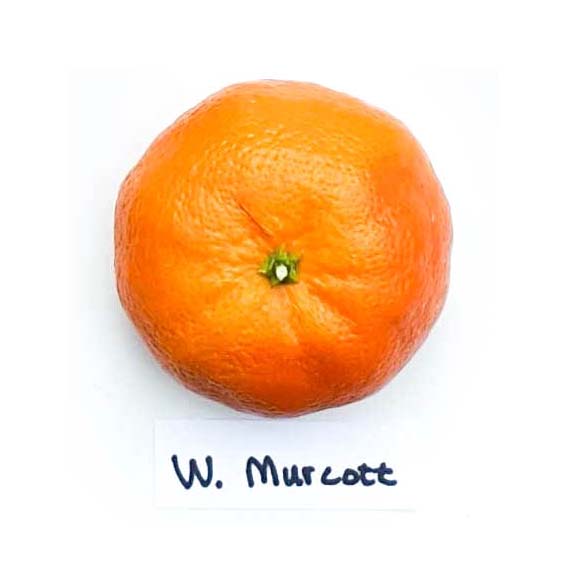
W. Murcott Afourer
Different than the Honey/Murcott variety, it will be labeled as W. Murcott or Afourer to avoid confusion. It's also been trademarked as "Delite"
- Smaller in size
- Sweet, good flavor, can have seeds but often doesn't
- Peels easily
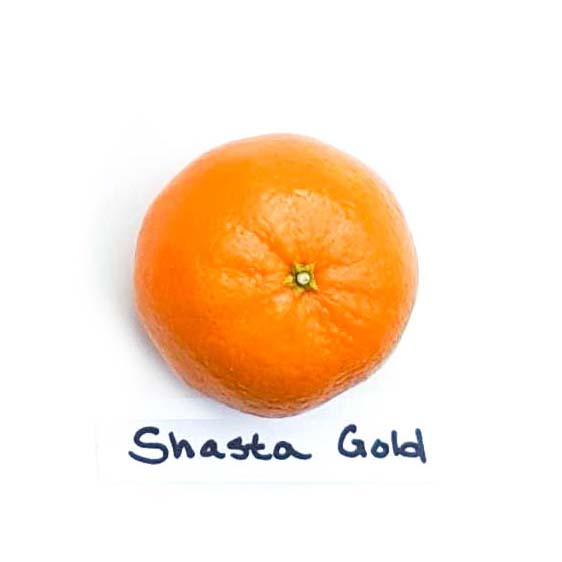
Shasta Gold
Developed as a late-season variety at UC-Riverside, along with Tahoe Gold and Yosemite Gold.
- Medium size
- Sweet, rich flavor
- Peels easily, no seeds
Satsuma & Kishu
Satsuma are much less durable than other mandarins, making them harder to ship and thus harder to find. However, they are the most common mandarin used for the canned mandarins you buy at the grocery store.
Kishu mandarins are about the size of a walnut, and other than their size, they are similar to other mandarins.
Best tasting variety
The sweetest and best tasting mandarins rely slightly on the variety but mostly on how long they were left to ripen on the tree.
Gold Nugget is a top choice for flavor if you can find that specific variety. Sumo Citrus are consistently good, but double the price per pound compared to other mandarins.
Buying Halo, Cutie, and Sweetie brand clementines have been very hit or miss for me (mostly misses, sadly). When that happens I use their juice in salads, stews, or baked goods, where the flavor doesn't need to shine.
How to pick
It's hard to tell if mandarins are ripe or how long they were left to ripen on the tree. And in the case of Halos, which are sold bundled in bags, you can't individually pick them anyway. There are a few tips that might help you find the good ones:
- Look for slightly loose skin. If the skin is too loose, it's a sign it has lost water weight and has dried out (think of clothes that fit well... not too tight, but not so baggy that it looks like you lost a ton of weight).
- The spot where the stem was should be soft and white. If it is brown, it was likely picked a while ago and is no longer very fresh.
- It should be very fragrant. If it is not, it was either picked too early from the tree or has been stored for too long and is drying out.
How to store
They can be left on the counter for a few days, or loose in the fridge for several weeks.
Seasonal recipes
Fresh mandarins are great for snacking and using raw in salads. But if you have a bag of clementines that just don't have a lot of flavor, you can still make good use of them in baked goods, in a marinade, or a recipe that relies on the zest for most of the flavor.
Salads
Mandarins and clementines are a great option for adding to salads because they are easy to peel and segment - unlike oranges with have to be peeled and segmented with a knife and get juice everywhere.
The zest and juice can also be used in salad dressings and vinaigrette.
Meat
If you're trying to use up a bag of clementines, try one of these recipes. You can also find orange-based recipes and almost always swap in any type of mandarin. For example, I make take-out style orange chicken quite often and use everything from valencia oranges in summer to clementines in winter.
I found recipes that call for mandarins, just to make sure they are fool proof for you.
Dessert
Many dessert recipes rely on the zest for flavor, like a tea cake, which means you can safely use up flavorless mandarins without sacrificing the flavor in the recipe. You can also rely on added sugars and flavors to enhance a lackluster fruit, like the brown sugar glazed clementine recipe below.
Other recipes, like chocolate dipped clementines, require a good tasting fruit to begin with. So save your best tasting ones for this purpose.
Or make candied orange peels from any number of varieties of mandarins.
Drinks & cocktails
A good way to use up a lot of mandarins? Squeeze the juice into drinks.
Make it yourself
Try making candied orange peels at home in under an hour. Save those clementine peels - they can also be candied.
Other seasonal fruit
Look for grapefruit, blood oranges, kumquats, and kiwi throughout winter, or check out the seasonal calendar.


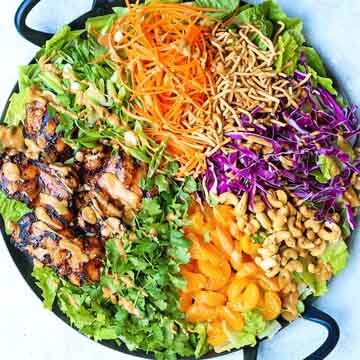

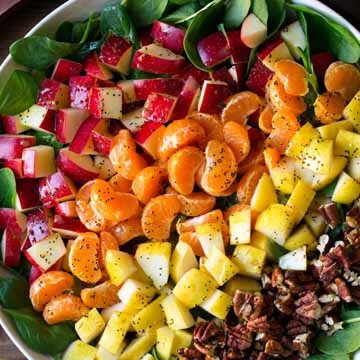
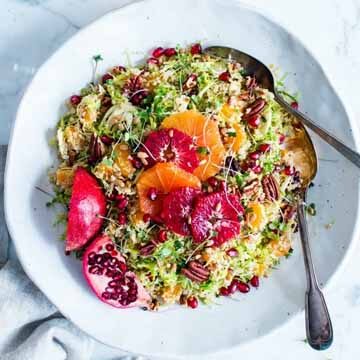
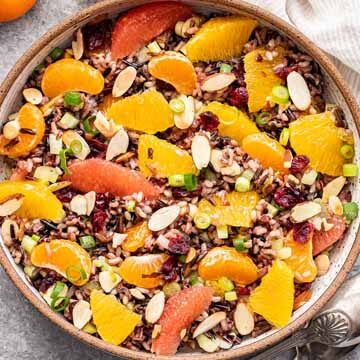
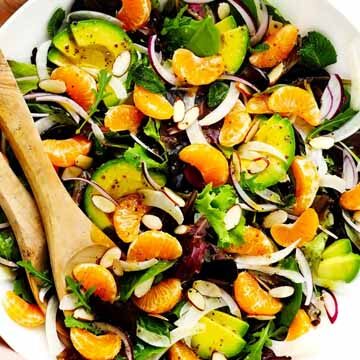
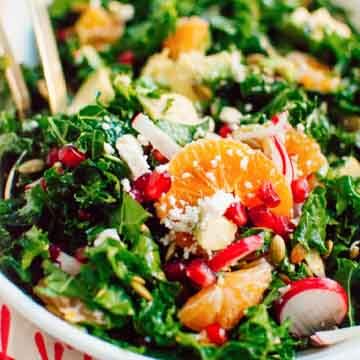
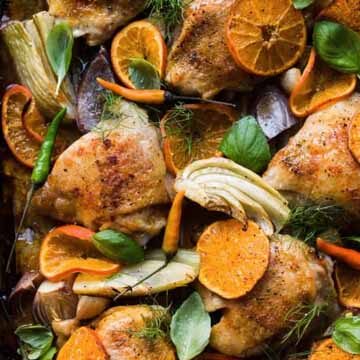
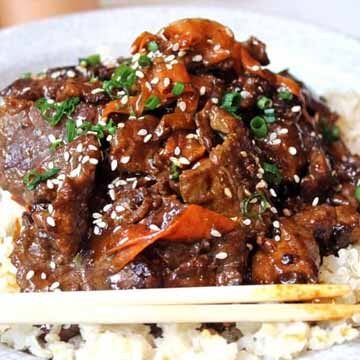
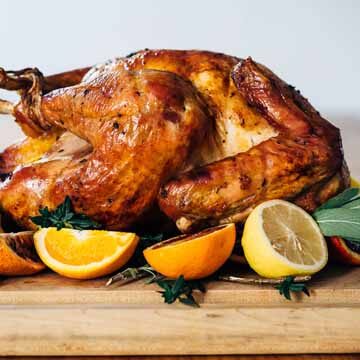
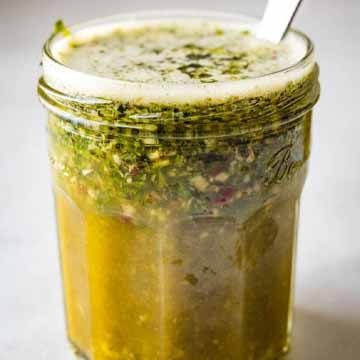

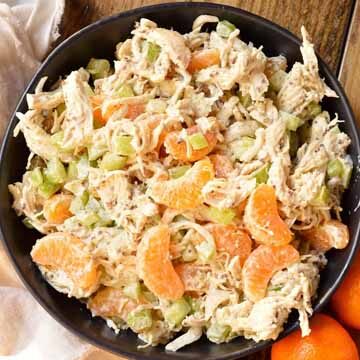
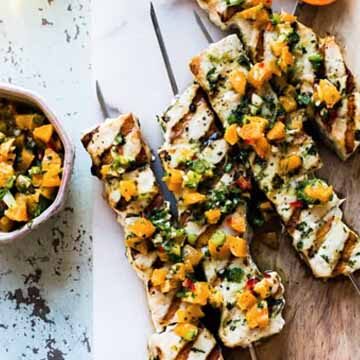
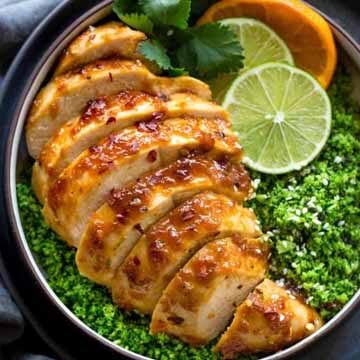
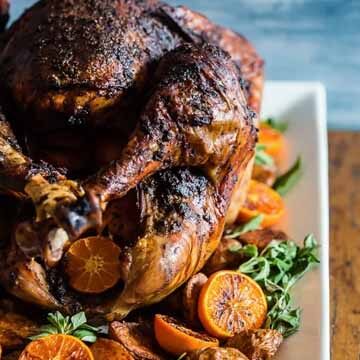


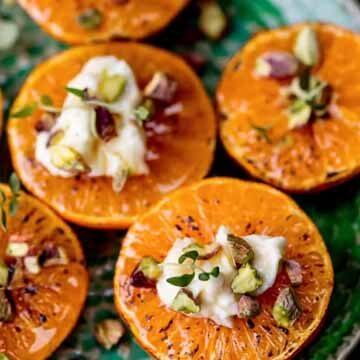

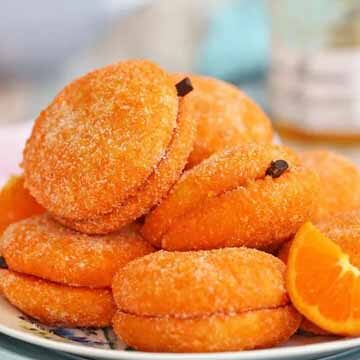

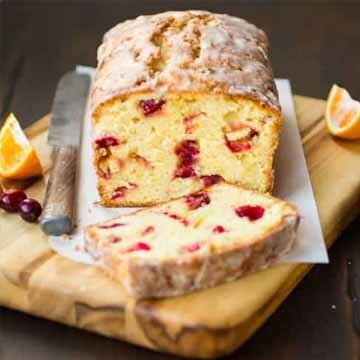
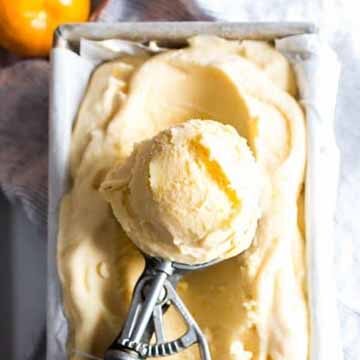
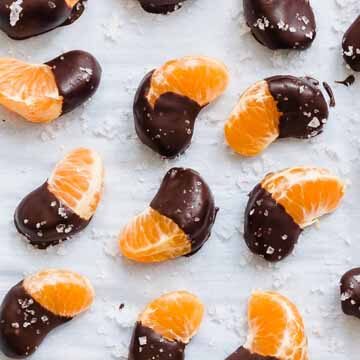
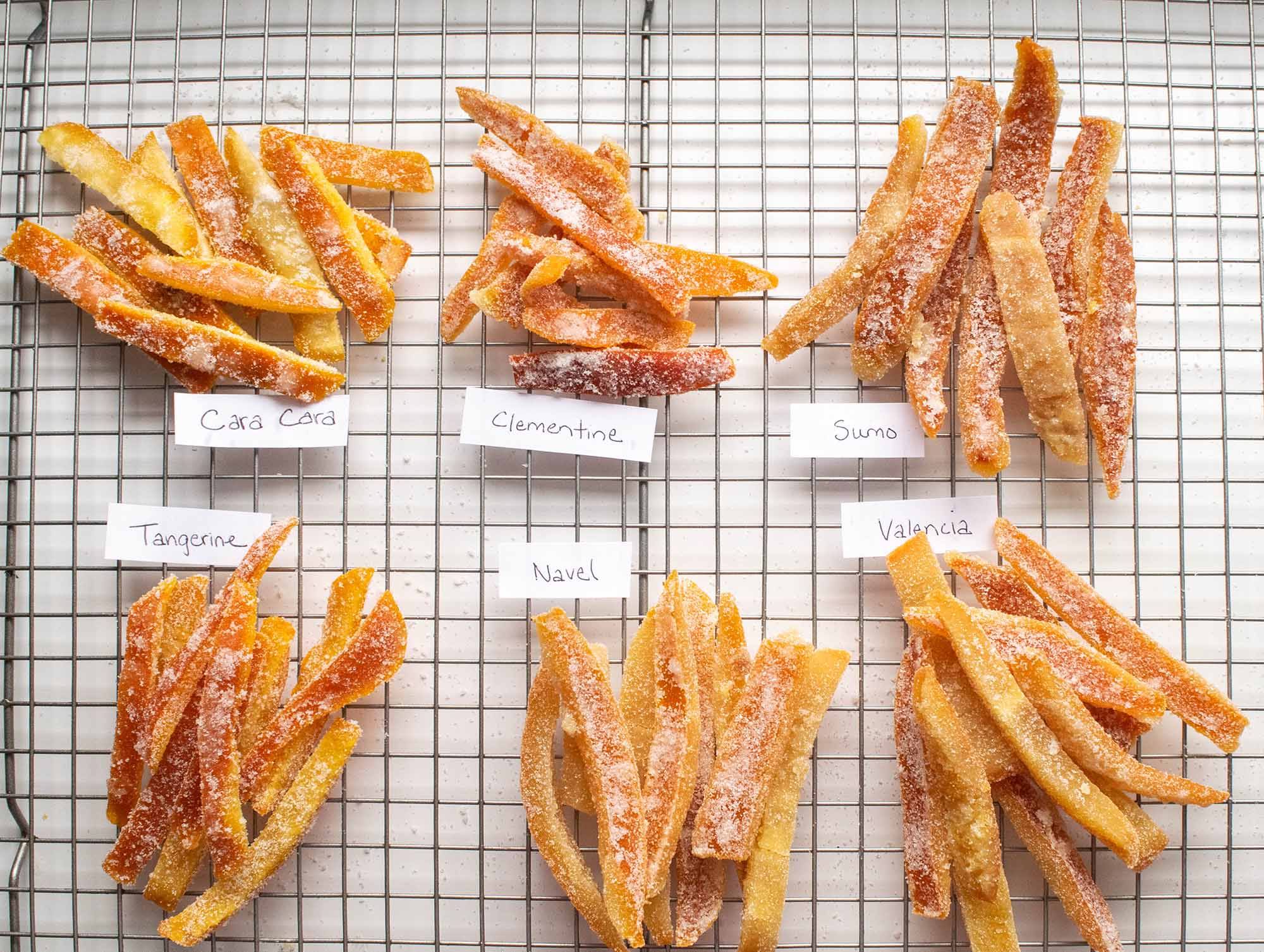


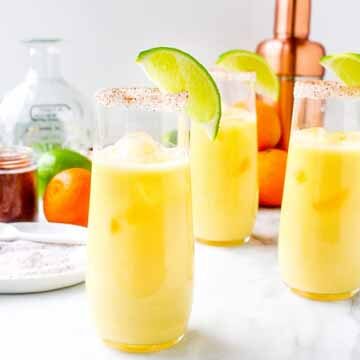
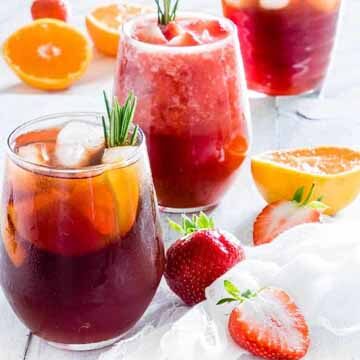
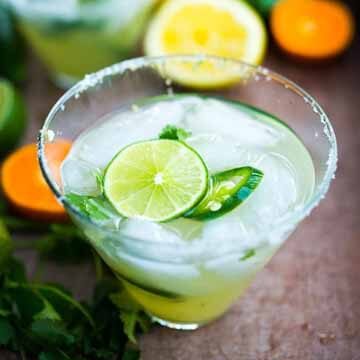
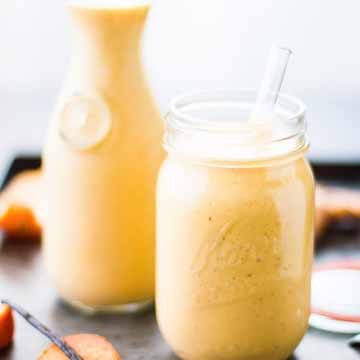
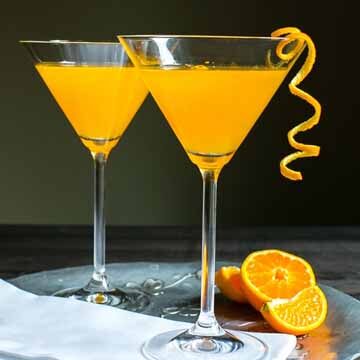



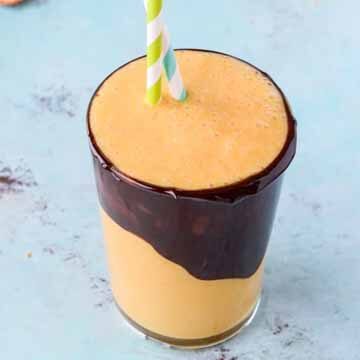

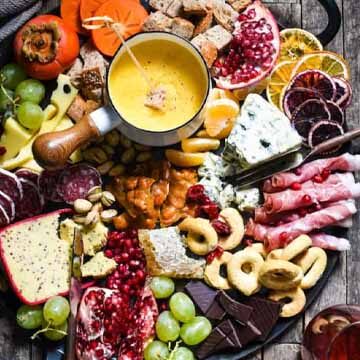
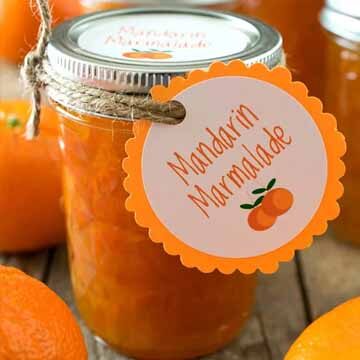
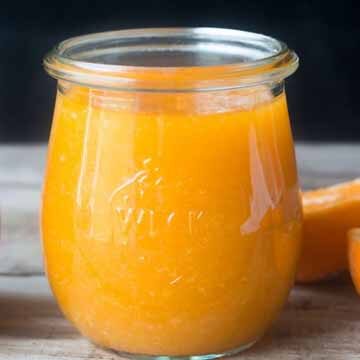
Cloyd Hyten says
I wish I had read your comments before I shopped at Kroger the other day. They had mandarins in bags and I thought they can’t be in season in mid-July, but there they were. I bought them and the whole bag was a tasteless waste. Feel like Kroger conned me. Stick to the winter months for these despite what grocery stores are selling.
Shriya Singh says
Hi! I love how informative and great your articles are. Can you recommend any other blogs that share recipes of Vegan Macarons or vegan dessert recipes? Thanks a lot!
Vee says
Thanks for the compliment! I try to be as detailed as possible. And I do actually have a recipe site to recommend: Pies & Tacos. I love her desserts and she has a ton of vegan macarons: https://www.piesandtacos.com/?s=vegan+macarons
Estella says
I just bought a small Clementine tree that is full of tiny green fruit. Can I up pot it now or do I wait till after the fruit ripens in winter. The pot that it came in is 5 gallon and was only half filled with soil. I think it needs to be repotted but I’m afraid I will lose the fruit in the process. What should I do?
Thank you
Vee says
That is a tough one. They can drop their fruit when stressed out, but the shipping / move might be enough stress to cause it anyway. I have a few questions & suggestions:
1. Do you plan to keep this in a pot? If so, I highly recommend a fabric pot. They stay cooler and the roots can dry out easier (citrus don't like standing water or waterlogged soils) You could pot up to a 6-10 gallon right now. Eventually a 15-gallon as it ages. Don't do a 15 gallon now - the problem is if the roots don't reach all of the soil, it can't pull up all of the water. That lets the soil remain wet, which the tree won't like. I like to buy my pots from 247 garden because their pricing is way better than anywhere else. Citrus like to send their roots down (so a taller pot is better than a wider pot). Sadly, that site is currently out of stock of 7+ gallon tall pots, but they do have 6 gallon options. You can get a 'transplant' pot that opens if you think you'll need to repot in a year if it grows really well. Or I often get the regular pot and then cut it apart when transplanting.
2. I would probably repot it, knowing that there is a chance I lose the fruit (better now than later). I say this knowing personally how hard it is to lose that fruit you are so excited for!
3. Soil for repotting: When you repot it, I recommend the 5-1-1 soil, which has worked really well for the 3 potted citrus I have right now. The soil is 5 parts fine bark(like 1/2" pieces), 1 part perlite, and one part potting soil. I use bark for reptile cages. And make sure your potting soil doesn't have chemical wetting agents (it's in nearly all potting soil and citrus don't like wet roots). The Fox Farm brand doesn't have wetting agents, but it is expensive.
Estella says
Thank you so much!